Spurling’s Test:
- This test is also known as the foraminal compression test/Maximal Cervical Compression Test.
- This test is performed if, in the history, the patient has complained of nerve root symptoms, which at the time of examination are diminished or absent.
- This test is designed to provoke symptoms.
What is the Purpose of Spurling’s Test?
- This test is used during the musculoskeletal assessment of the cervical spine when looking for the cervical nerve root compression which is causing Cervical Radiculopathy.
How do you perform the Spurling’s Test?
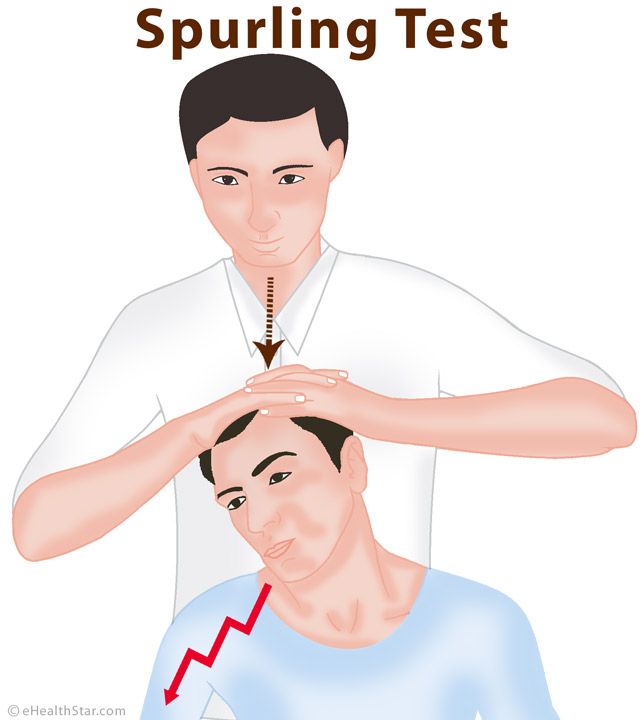
- The patient is sitting or supine position for the Spurling’s Test
- The patient bend or side flexes the head to the unaffected side first, followed by the affected side.
- The examiner [ therapist ] carefully presses the straight down on the head.
- Bradley & colleagues advocate doing this test in three stages, each of which is increasingly provocative, if symptoms are produced, one does not proceed to the next stage.
- The first stage involves compression with the head in neutral.
- The second stage involves compression with the head in extension & the final stage is with the head in extension & rotation to compression.
- The third part of the Spurling’s Test more closely follows the test as the described by Spurling.
- A test result is classified as positive if the pain radiates into the arm towards which the head is side flexed during compression.
- The test result is classified as positive if the pain radiates into the arm toward which the head is side flexed during compression.
- This indicates pressure on a nerve root.
- Radiculitis implies pain in the dermatomal distribution of the nerve root affected.
- Neck pain with no radiation into the shoulder or arm does not constitute a positive test.
- The dermatology distribution as to which nerve root is involved.
- The test positions narrow the inter vertebral forearm so that the following conditions may lead to symptoms: stenosis, cervical spondylosis, osteophytes trophic arthritic or inflamed facet joints, herniated disc, which also narrows the forearm or even vertebral fractures.
- If the pain is felt on the opposite side to which the head is taken, it is called a reverse spurlings sign & is indicative of muscle spasm in conditions, such as tension, myalgias & WADs.
- like as similar test is called the maximum cervical compression test.
- With this test, the patient side flexes the head then rotates it to the same side.
- This Spurling’s test is repeated to the other side.
- A positive test is indicated if the pain radiates into the arm.
- If the head is taken into extension & compression is applied, the inter vertebral foramina close maximally to the side of movement & symptoms are accentuated.
- Pain on the concave side indicates nerve root of facet joint pathology, whereas pain on the convex side indicates muscle strain.
- this second position may also compress the vertebral artery.
- If one is testing the vertebral artery, the position should be held for 20 to 30 seconds to elicit symptoms that would indicate compression of the vertebral artery.
Evidence of the Spurling’s Test:
- Sensitivity of the Spurling’s Test = .50
- Specificity of the Spurling’s Test= .88
- -LR of the Spurling’s Test= .58
- +LR of the Spurling’s Test = 3.5
Reliability – Kappa = 60


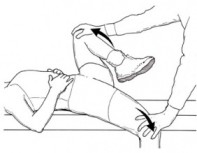
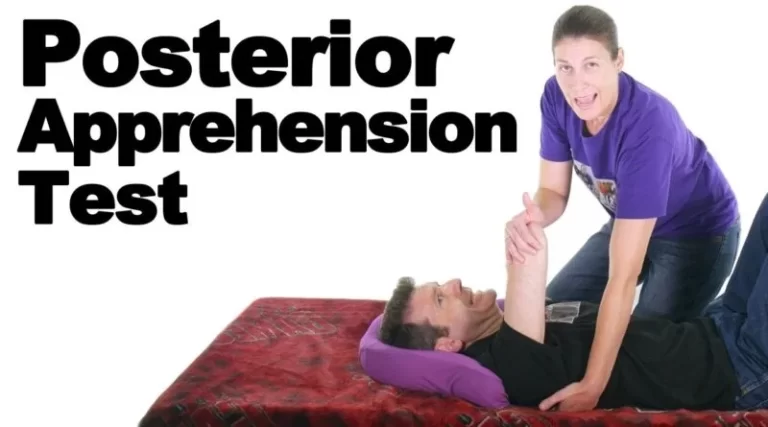
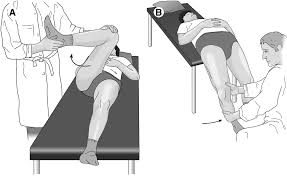
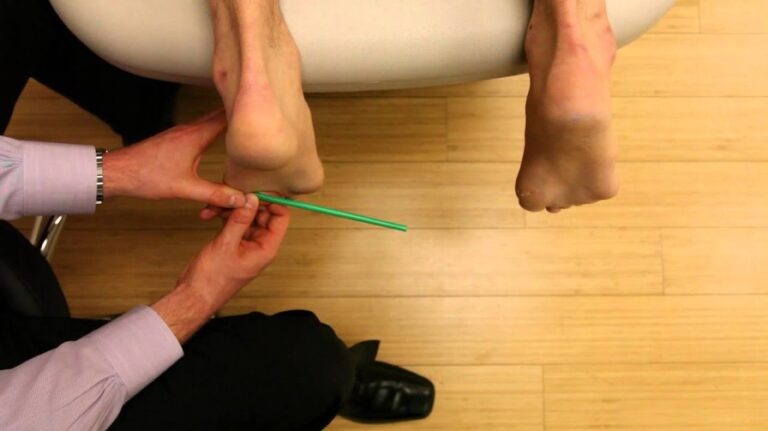
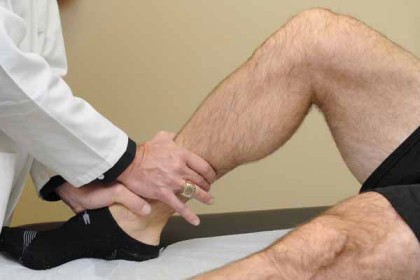
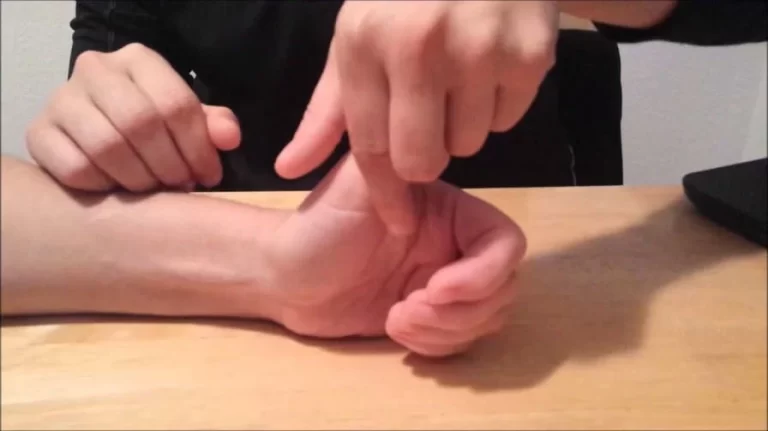
One Comment